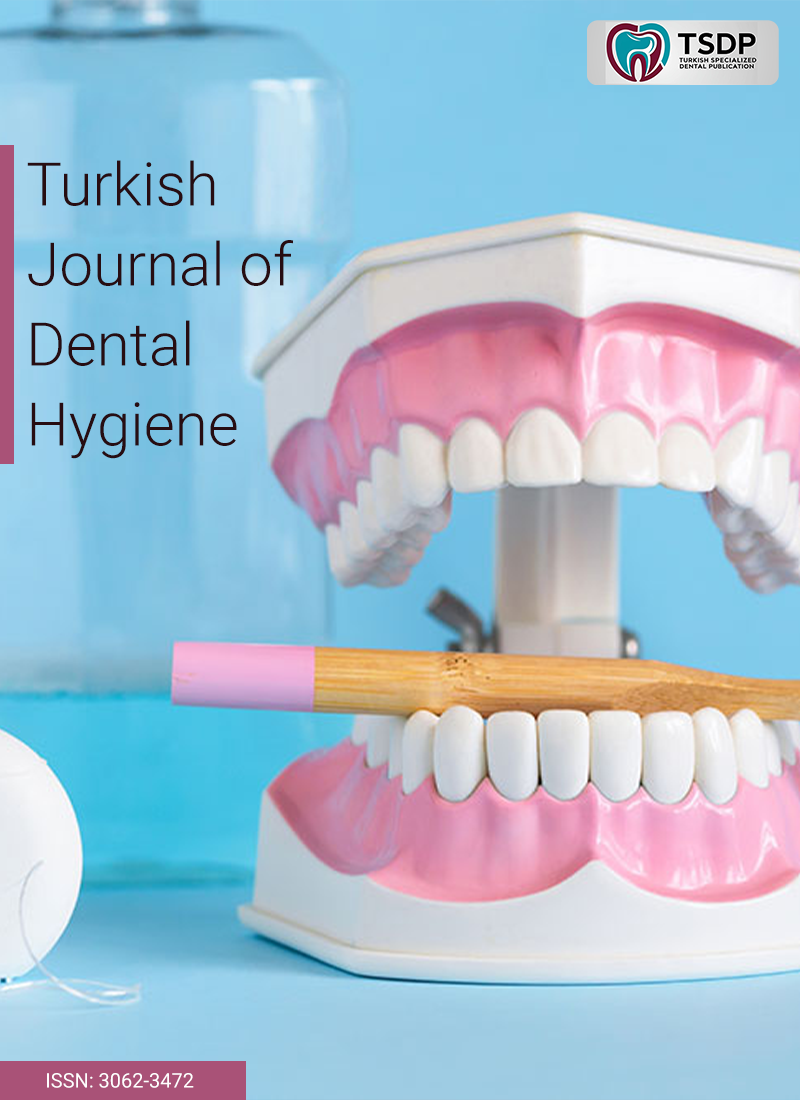
Teeth whitening has become increasingly popular in Saudi Arabia. This study aimed to assess the awareness of both in-office and at-home teeth bleaching methods, as well as their potential adverse effects, among the Saudi population. A cross-sectional approach was utilized, with a pretested, structured, and self-administered online questionnaire to collect responses. Descriptive statistics, along with chi-square and Fisher’s exact tests, were used to analyze the data. The study included 2,065 participants, of whom 45.6% were male and 54.4% were female. A majority of participants (88.2%) identified tea, coffee, smoking, tobacco, and shisha as causes of teeth staining. Almost all respondents (99.3%) were aware of teeth bleaching. Approximately 61.5% and 62.2% of participants were knowledgeable about the potential adverse effects of at-home and dentist-supervised bleaching, respectively. Knowledge of teeth bleaching and its side effects varied significantly across different demographic groups. The findings indicated a satisfactory level of awareness regarding teeth discoloration, bleaching procedures, and their adverse effects. However, the preference for in-office bleaching over at-home whitening was more pronounced among most participants.